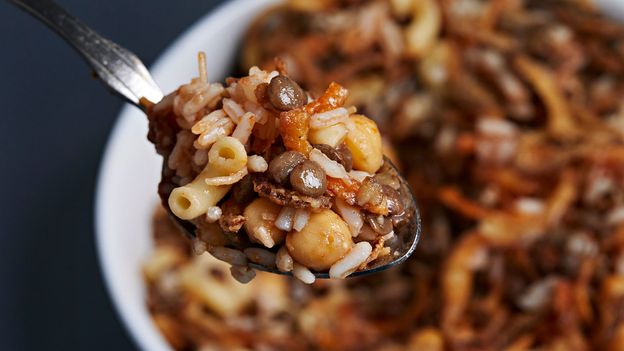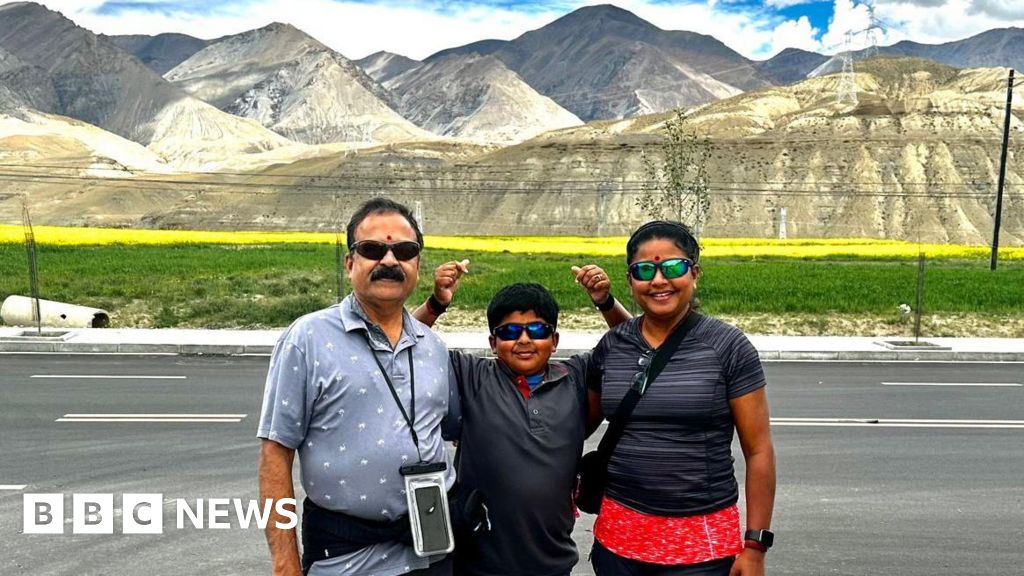Civilisations began to farm lentils at about the same time as wheat and barley, says Hugo R Oliveira, a geneticist who studies the diminutive pulse at the Universidade do Algarve in Portugal. They are part of a pattern around the world where people first turned to agriculture, rather than hunting and gathering. “In all of them, there’s always a cereal and there’s always a legume,” Oliveira says. He numbers them off: In Mesoamerica, maize and beans; in West Africa, sorghum and cowpeas; in East Asia, rice and soybeans. And in the Middle East? Wheat, barley and lentils.
That’s likely because the cereals and grains pack a carb-heavy punch for quick energy, Oliveira says, while the legumes give protein – protein is behind around 25% of lentils’ calories. You can build a complex society on that pairing, and many times over the course of human history, people have. In the ancient Middle East, lentils were one of the main sources of protein, far more important in most people’s diets than meat or animal products.
“That is still relevant for today’s world,” said Oliveira. “In the developed world, we tend to think the main source of protein is meat. But in low and middle-income countries, the main source of protein is still plant-based.” The Ancient Egyptians were likely the same; the pyramids were built by people who were fuelled by lentils, peas and chickpeas.

Sarah Carter is a health and wellness expert residing in the UK. With a background in healthcare, she offers evidence-based advice on fitness, nutrition, and mental well-being, promoting healthier living for readers.








